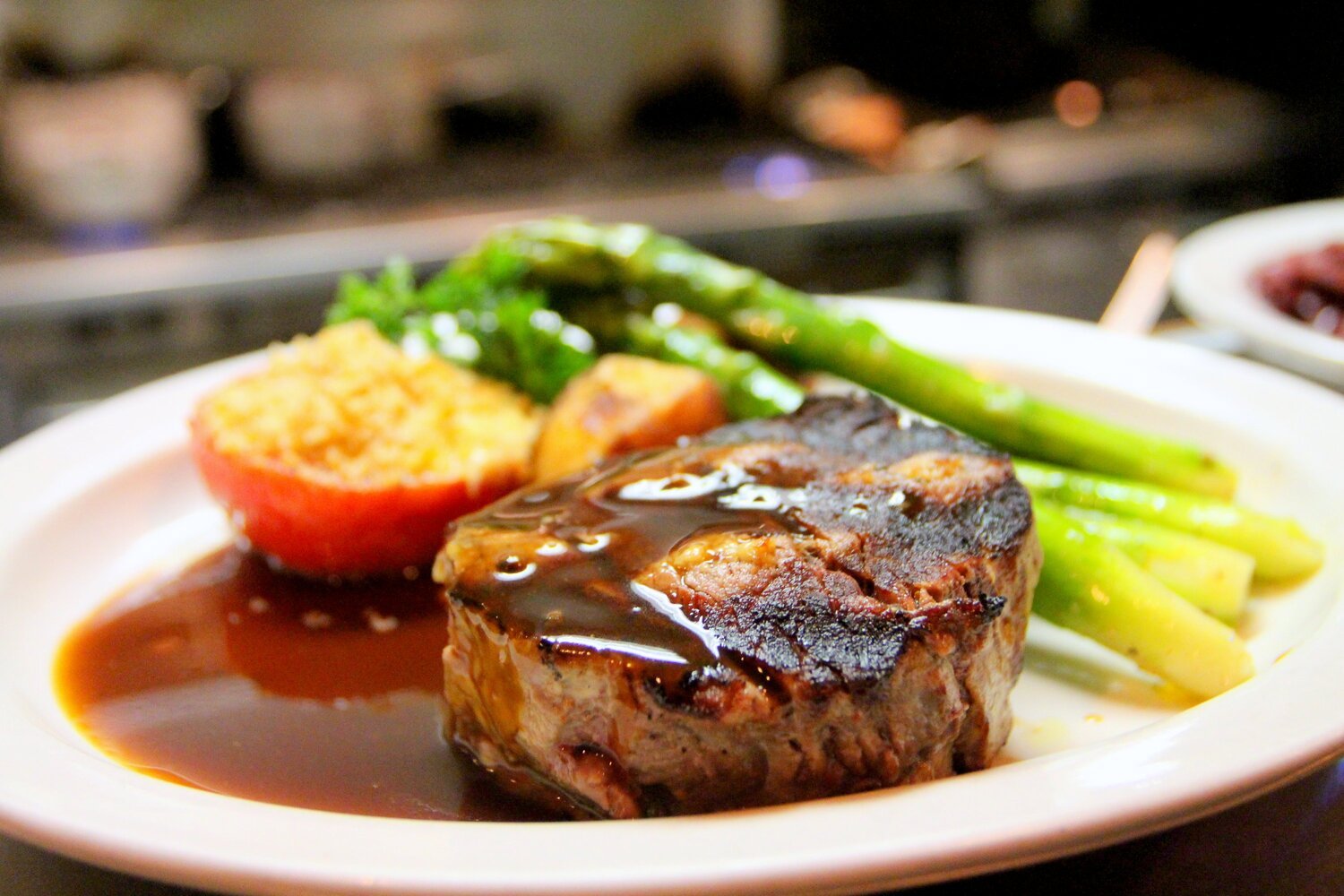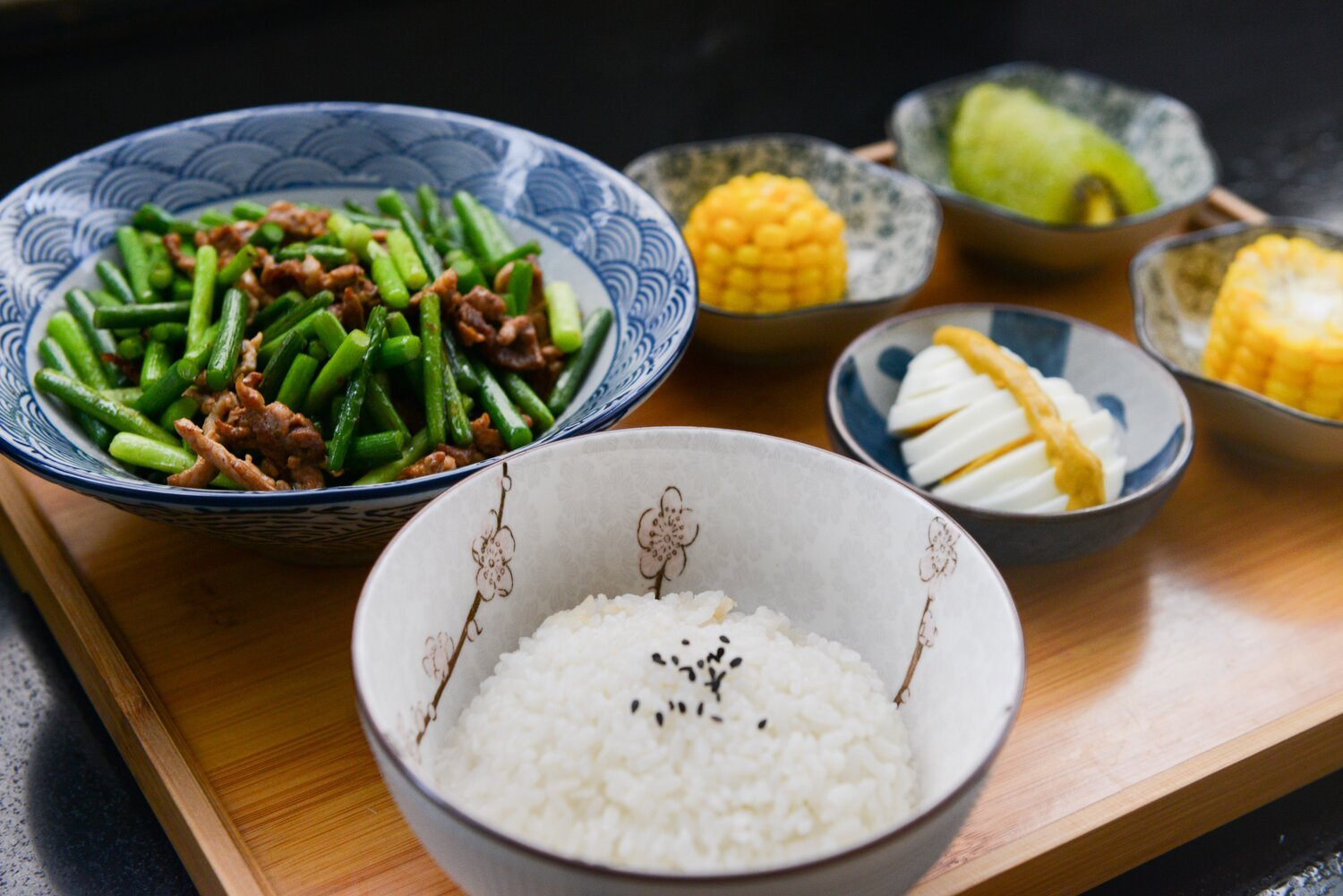Portion Control: Determining How Much You Should Eat To Lose Weight
Have you ever felt like you've tried almost every diet out there and still haven't seen the results you're after?
The solution could be more simple than you think…
Weight loss is not just about “eating healthy” or “going keto”. It's actually mostly about Energy In vs Energy Out. Calories = Energy. Meaning - you need to expend more calories (energy) than you consume in order to lose weight.
Portion Control
One of the most overlooked aspects to weight loss is portion sizes. There’s a huge difference between consuming 1 plate vs having seconds. You’re literally taking in twice the calories. There’s also a huge difference between the portion sizes within a plate. For example: 1 and 2 cups of rice in a meal.
1 cup of rice contains roughly 242 calories. Double that to 2 cups and you're looking at almost 500 calories. That's a lot seeing as the daily recommended intake for adults is roughly 2000 calories (depending on many factors). But if you're trying to lose weight, chances are you'll need something closer to 1500 calories a day (depending on other factors such as BMR, muscle mass, weight, etc).
That means the rice you are in just 1 meal contains 1/3 of the total calories you should be eating THE ENTIRE DAY.
That doesn't leave much room for anything else. Chances are you also (hopefully) have a form of protein and fat in your meal too. Maybe chicken and olive oil or something. Anyways, add a chicken breast and a couple tablespoons of olive oil to a single meal and you're looking at around 1000 calories!
Now that's arguably a healthy meal, lean protein from chicken, healthy fats from olive oil and carbs from rice.
The problem is you don't just need to eat healthy to lose fat. You have to take in less calories than your body burns in a day!
One of the easiest ways to do this is by decreasing your portion sizes in every meal. Using only 1 tablespoon of olive oil and 1 cup of rice brings your meal down to around 500 calories - That's more like it!
Eating three, 500 calorie meals in a day brings you too 1500 calories and for most people (without getting too technical) that's more than enough to lose weight. Add some exercise in to burn more energy and increase your metabolic rate and you're laughing!
Precision Nutrition came up with an AMAZINGLY EASY guide to determine your portion sizes for weight loss.
All it requires is your hand and your eyes. Using your hand to determine your relative portion size makes it simple and effective. Here's how it works:
Protein:
The size of the palm of your hand. This is the only macronutrient that you can actually have up to 2 palm sizes of (2 portions) in 1 meal.
Some examples: chicken breast, hamburger patty, cut of salmon, cut of steak
Carbs:
1 portion size is equal to the size of your hand cupped.
Some examples: handful of rice, half a potato, handful of pasta
Fats:
1 portion size is equal to the size of your thumb. Some examples: slice of avocado, tablespoon of olive oil, tablespoon of peanut butter.
Vegetables:
Most veggies are very low calorie, especially compared to the foods listed above. These are basically your unlimited food. The calories are low and because they take a while to digest it won’t make you very hungry wanting to down another meal with in an hour or so. If you’re gonna fill up on anything, it should be veggies.
Food Hierarchy of Fat Loss
This part is super simple. All foods are not created equal. In the world of fat loss there are certain macronutrients that are better suited for you than others. The following list is rated from most important (what you should always include on your plate first), to the least important (doesn’t need to be there at all)
Protein
Keeps you fuller for longer compared to most carbohydrates
Low calorie density (4 calories per gram)
Takes the most energy to digest out of every macronutrient. This means more energy expenditure from eating. It’s called “Thermic Effect of Food”.
Supports lean muscle which increases your metabolism throughout the day
Veggies
These are extremely low calorie. The lowest of all macronutrients. They can keep you fuller than most foods due to their high fiber and dense nutrients to digest. Those nutrients also make them super healthy.
Fats
Obviously we want to focus on healthy fats here. This is a long topic in itself so I’ll save it for another post. Fats are integral to health and especially to hormone health. You want them in check because proper hormones means proper digestion making fat loss easier to achieve. The only downside to fats for fat loss is that fats have the HIGHEST calorie density. 9 calories per gram. So for fat loss, you still want to eat fat, just don’t over do it.
4. Carbs
Carbs get a lot of flack lately. It’s understandable because they’re not necessary for health or fat loss. But damn, they’re pretty much everywhere and they can really make a meal complete. If you exercise a lot (especially in the weight room) you can have some carbs no problem. Your muscles have glycogen stores which carbs will help refill thus making your muscles look full and you’ll have better endurance.
The downside, Carbs are SOOOOO EASY TO OVERCONSUME. I gave the you rice cup example earlier. Carbs over abundant in the western diet, almost any off the shelf food or take out will be full of it. They also tend to be highly processed which means they digest quickly and can make you hungry shortly after eating. That’s NOT what you want if you’re trying to lose weight.
5. Alcohol
Unfortunately, alcohol is not necessary and only adds calories to your meal. Try to avoid consuming lots of alcohol. The average beer is roughly 120 calories. A 6 oz glass of wine is similar. However, life is about balance, if you wanna add a drink into dinner, it’s no problem. Just don’t go overboard or it can ruin all your hard earned gains!
Putting It All Together
Just like anything goal based, monitor your progress and adjust if necessary. There may be times where you’ll need to eat more or less than these guidelines suggest. Keep in mind that 2 weeks is the minimum amount of time you should allow for your body and mind to adjust to new habits and portion sizes.





